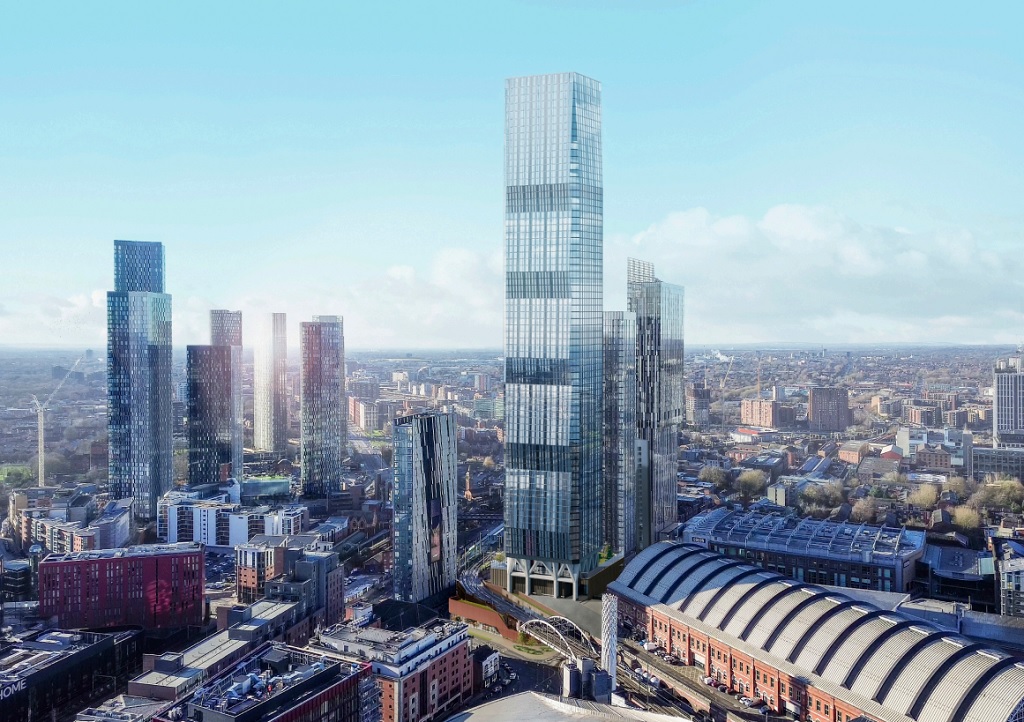Knight Frank: Residential fall may be over in the North
The North of England's housing markets are adapting far more quickly to the slowdown than other parts of the UK, according to Knight Frank's latest northern residential development review.
Prices have fallen by 25% in some parts of the region against a predicted overall fall of around 30% from last year's peak, suggesting that the market correction in the North may be close to completion, the report's authors said.
The new build sector, where prices have fallen fastest, could see buyers return to the market over the next few months, leading to higher sales volumes next year.
The report said: "…Government forecasts suggest the North is set to experience greater pressure for new housing in the long-term. Strong employment, large scale regeneration projects and long-term immigration are forecast to underpin the growth in households."
As well as in the major cities, demand will be strong in secondary locations including Blackburn and Oldham, where household levels will grow by 30% over the next 20 years.
The wide-ranging report, downloadable here, also found:
- Greater Manchester experienced 55% fall in housing completions in quarter two of 2008
- Manchester will see largest rise in demand for homes, an additional 60,000 or 31% more needed by 2026
- Number of one-person households in the North West set to rise 409,000 by 2028
- Land values have fallen by as much as half in some parts of the North.
- Interest in the land market is already increasing and investors will begin making their first moves early next year.
Jon Neale, head of development research at Knight Frank, said: "As the slowdown hit many northern markets first – as much as a year before prices began falling in London – developers had put their activities on hold well before the effects of the credit crunch really became apparent.
"As a result, land values have already begun to approach their lowest level in parts of the north, and this could attract interest from developers. Also, the almost-complete halt in new housing development suggests that, in certain locations, undersupply of good-quality units could soon be an issue."
In the longer-term, the lack of new housing could be a real issue for the north's economy. By 2021, there will be 1.1m more households in the North East, the North West and Yorkshire and the Humber. The government's own housing targets dictated that the three regions provide 52,950 homes per annum to cater for this increased demand.
This target was not met in 2007, and the dramatic fall in completions over the past few months suggests that it will become even further away over the next few years. As well as being a problem for those seeking a home, it will set the scene for a further 'price boom' at some point in the future.
Neale added: "The undersupply of housing in the north is becoming worse as developers put their activities on hold. It was not keeping pace with household growth during the good times, and the gap will increase over the next few years.
"While it is unlikely that prices will begin rising quickly over the next two years, the current 'development drought' could be a real issue for those seeking a home when the market begins to recover – and in the longer term it could damage the north's economic prospects."



